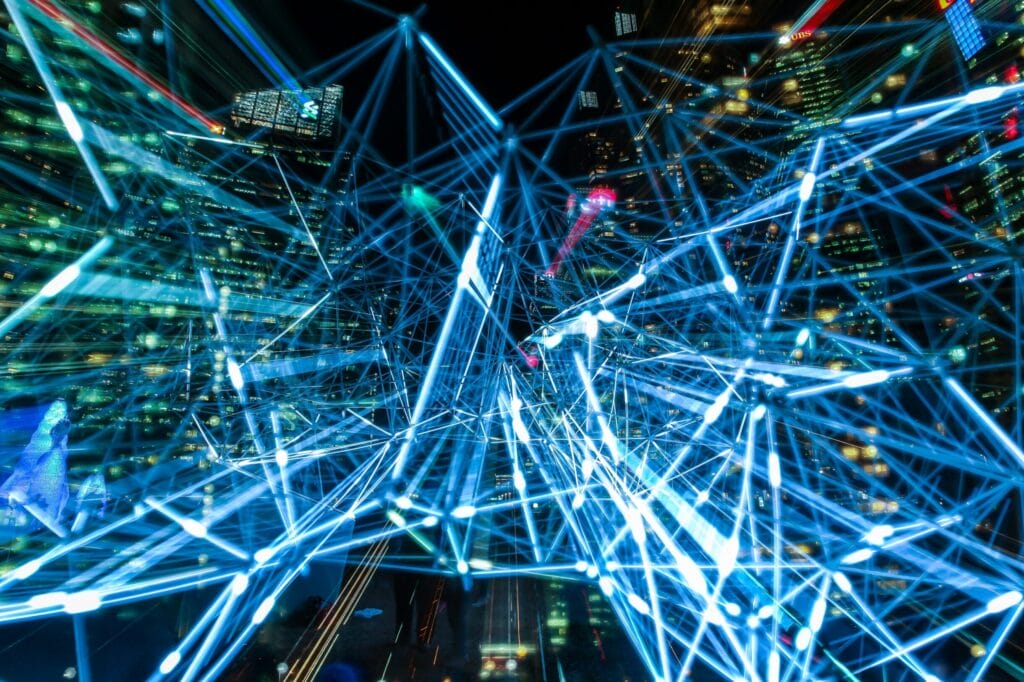The subject of artificial intelligence (AI) has been a trending discussion in the cybersecurity industry. Before recent advancements in AI brought the subject to center stage, the topic would center on machine learning and automation. Artificial intelligence is a broad term that encompasses technology’s ability to simulate human intelligence towards processing and mimicking actions. It is believed that the concept goes back to the 1950s with the idea of “thinking machines” by historical mathematician Alan Turing. More recent and practical examples of AI involve using GPS navigation, auto-correcting, and editing features in word processing software, as well as using search features on social media online platforms and search engines.
Today’s challenges with cybersecurity stem from the rapid adoption and expansion of new technologies, capable of empowering bad actors, educational and public institutions, as well as small businesses/enterprises. AI is transforming virtually every industry, with cybersecurity as one of the cornerstones. According to Artificial Intelligence in Cybersecurity Market Analysis published by Acument Research and Consulting, AI-based cybersecurity products are estimated to grow from $15 billion in 2021 to $135 billion by 2030.
An Evolution in Exposure
Expanding landscapes and landmark changes across various industries increase vulnerabilities at an unprecedented scale. One of these notable expansions is that of the Internet of Things(IoT). As devices become more central to the daily life and function of normal life, security features must be prioritized to best circumvent rising dangers. Not only are home appliances and voice AI devices, such as Alexa and Google Home, at greater risk, new technologies and applications that are more connected expand these risks beyond the household. As electric vehicles that rely on computers and similar devices become more commonplace alongside charging stations and connected applications, the cybersecurity landscape will certainly witness new and unique challenges within these growing ecosystems.
A successful method from recent years Ransomware-as-a-Service (RaaS) attacks are expected to grow with new methods of evading detection such as using encryption-less attacks. To combat this, businesses will need to add more zero-trust protection strategies across all channels.
Outlook on Future
On the topic of cybersecurity, it’s easy to see AI as a double-edged sword, but it doesn’t have to be that way. It should be viewed as a critical asset for providing competent protection of data and systems. According to the study published by Capgemini Research Institute, Reinventing Cybersecurity with Artificial Intelligence, three out of four executives surveyed believe that AI allows their organization faster responses to system breaches. Another 69% of organizations believe that artificial intelligence is necessary for responding to cyber-attacks.
Cybercriminals are employing AI technologies to execute attacks, including adversarial attacks that apply the same systems for malicious intentions. This includes manipulation of neural networks allowing facial and other personal scanning passwords to become compromised. With a new breed of bad actors getting their hands on new secret weapons to unleash, the workforce shortage in cybersecurity becomes a greater plague as the challenge to develop qualified professionals within the workforce increases in demand. According to the Forbes article, A Primer On Artificial Intelligence And Cybersecurity, “Criminal hackers have embraced AI at a rate that is faster than most commercial cybersecurity teams, and they may utilize it for their purposes.”
For the foreseeable future, AI will continue to disrupt the way we approach risk management, software development, as well as technology implementation. With the subject of cybersecurity expected to increase nearly tenfold by 2030, as reported earlier, understanding the potential and application of Artificial Intelligence is necessary for meeting today’s standards in cybersecurity. One year after the launch of the groundbreaking application ChatGPT, greater challenges from AI are guaranteed to rise on all levels, industries, and organizations leveraging the technology. As we continue to highlight these technical achievements, ThriveDX is preparing tomorrow’s best cybersecurity professionals to meet the rising demand for tomorrow’s challenges.
Visit thrivedx.com to learn more about how we’re working to bridge the cyber skills gap and impact the talent shortage.
Protect Your Organization from Phishing
Explore More Resources
- Article, News
- Article, News
- Article, News
- Article, Blog
Your Trusted Source for Cyber Education
Sign up for ThriveDX's quarterly newsletter to receive information on the latest cybersecurity trends, expert takes, security news, and free resources.


